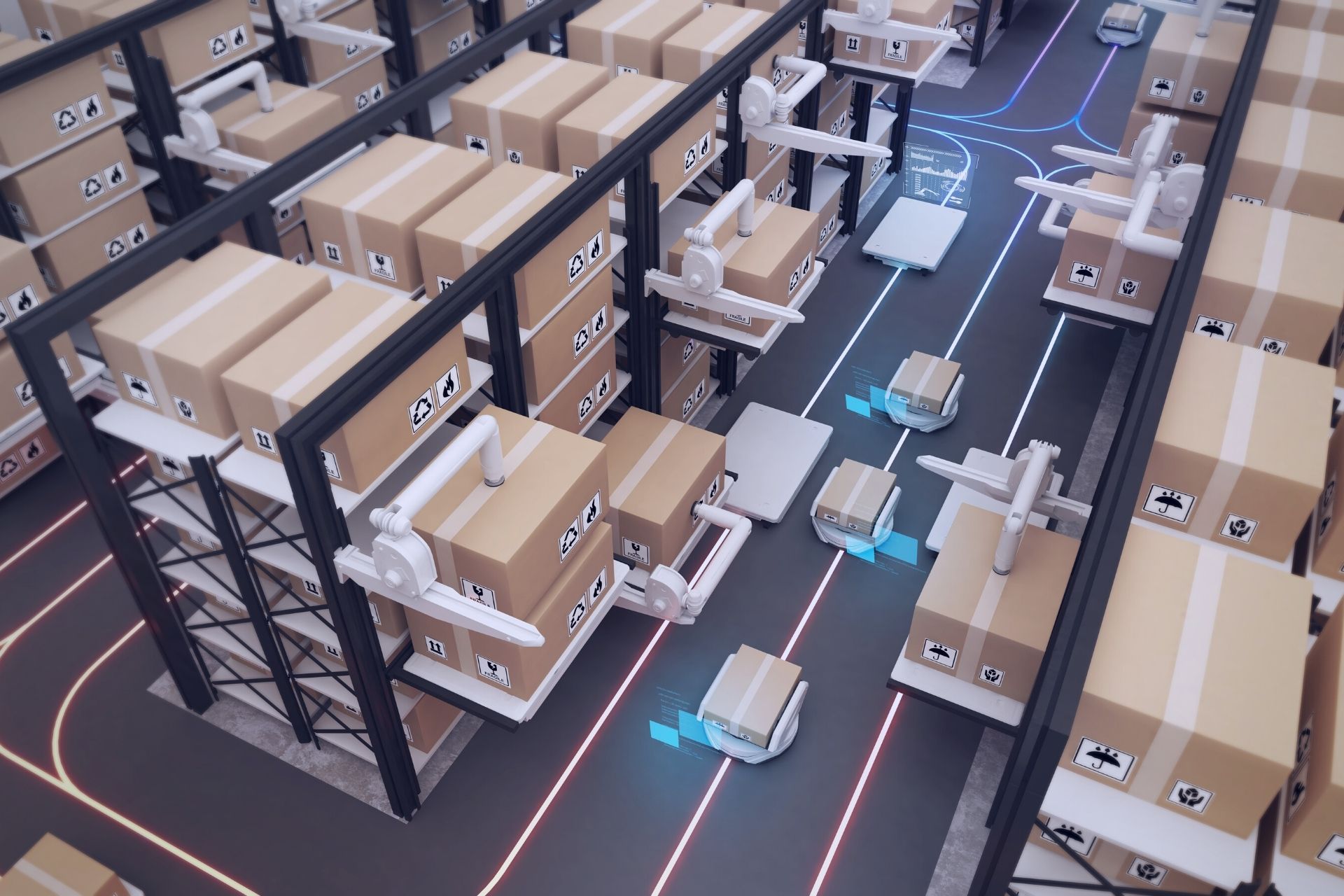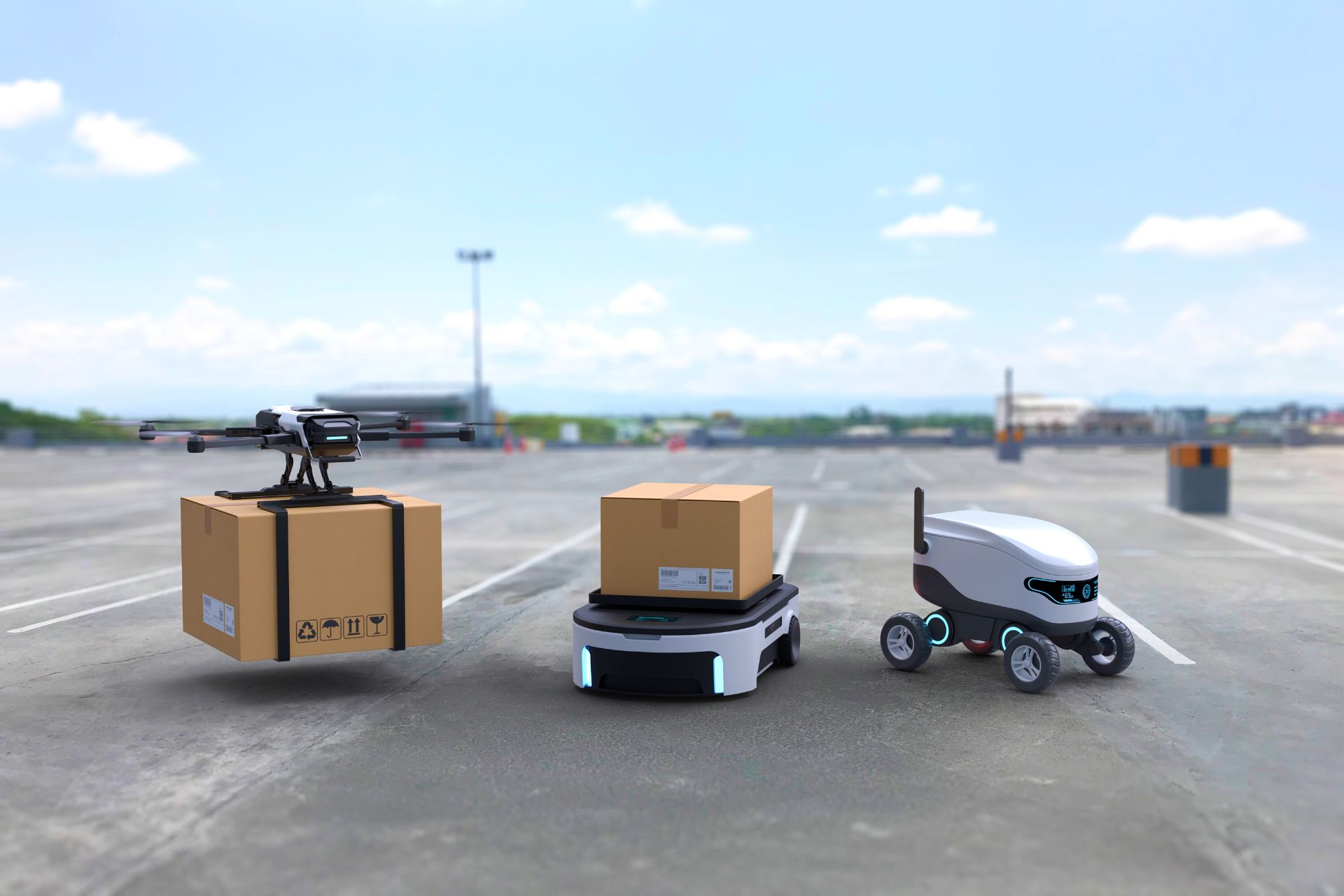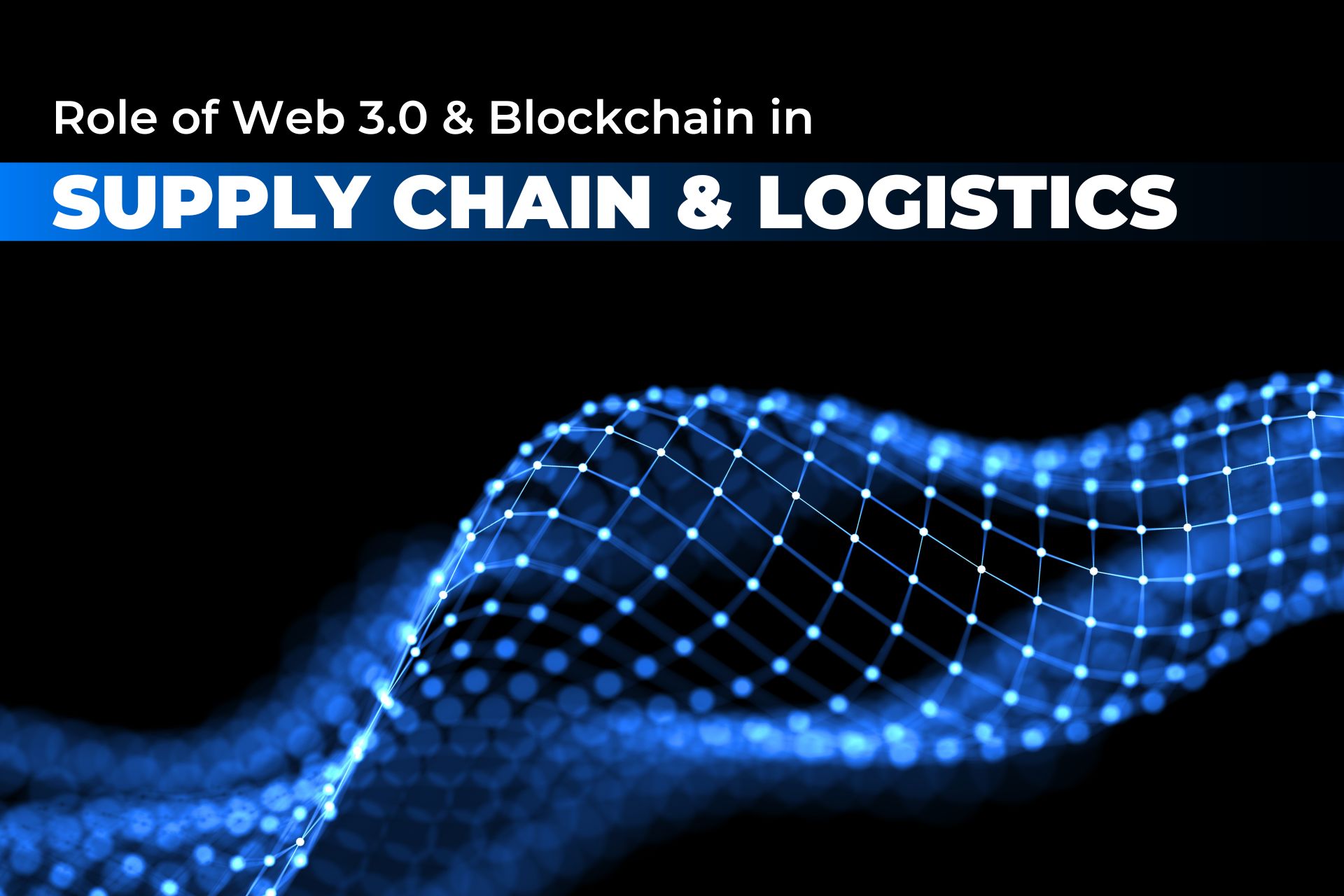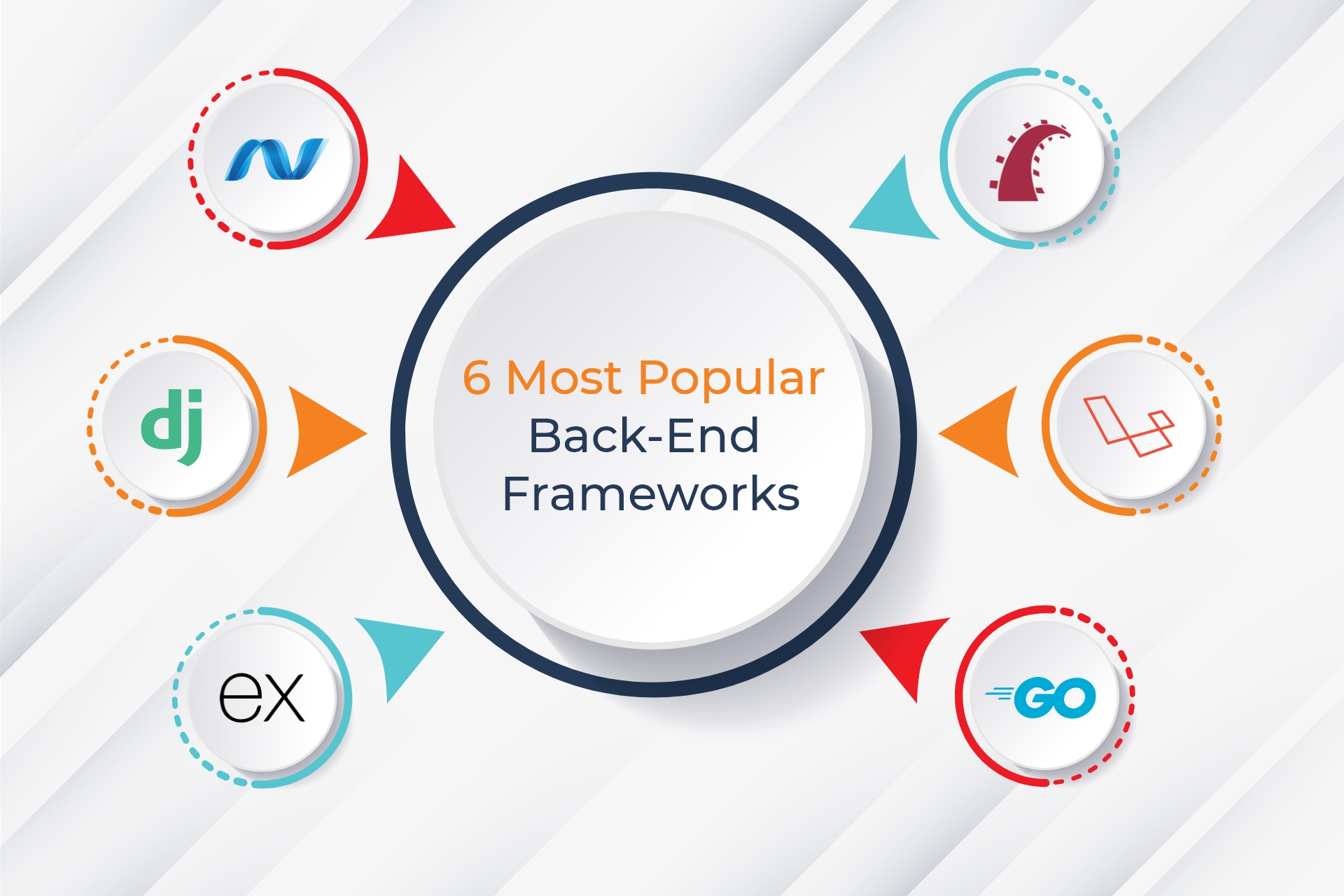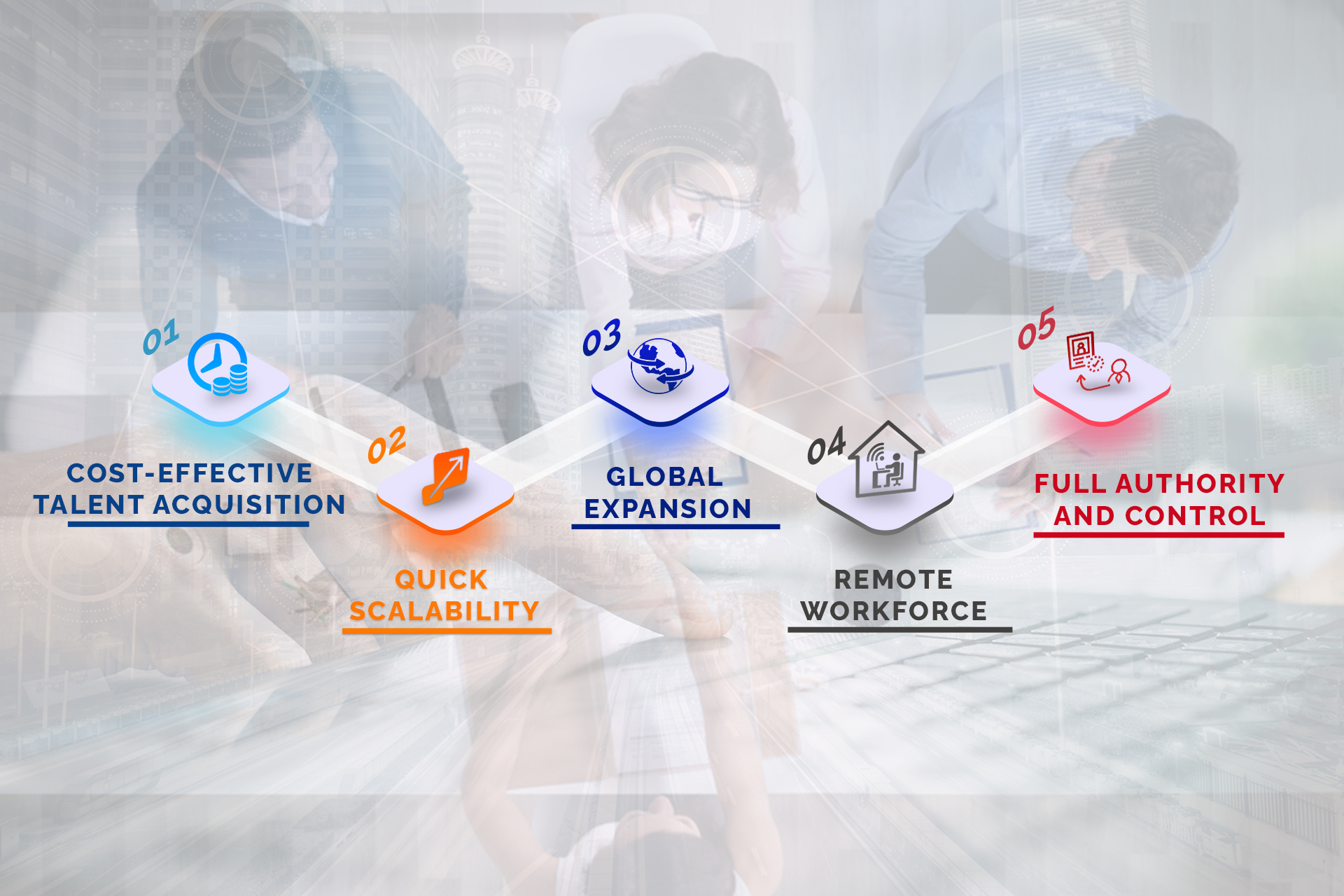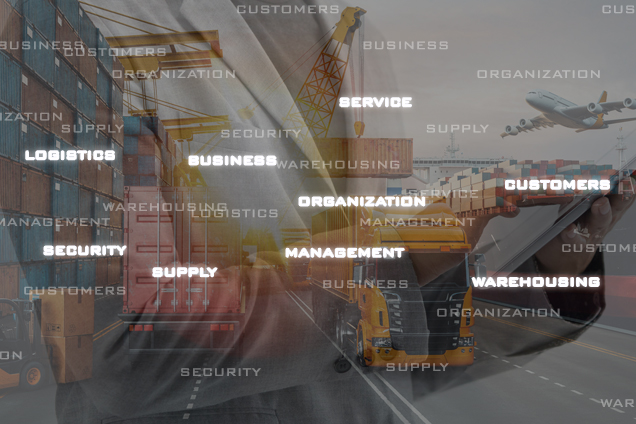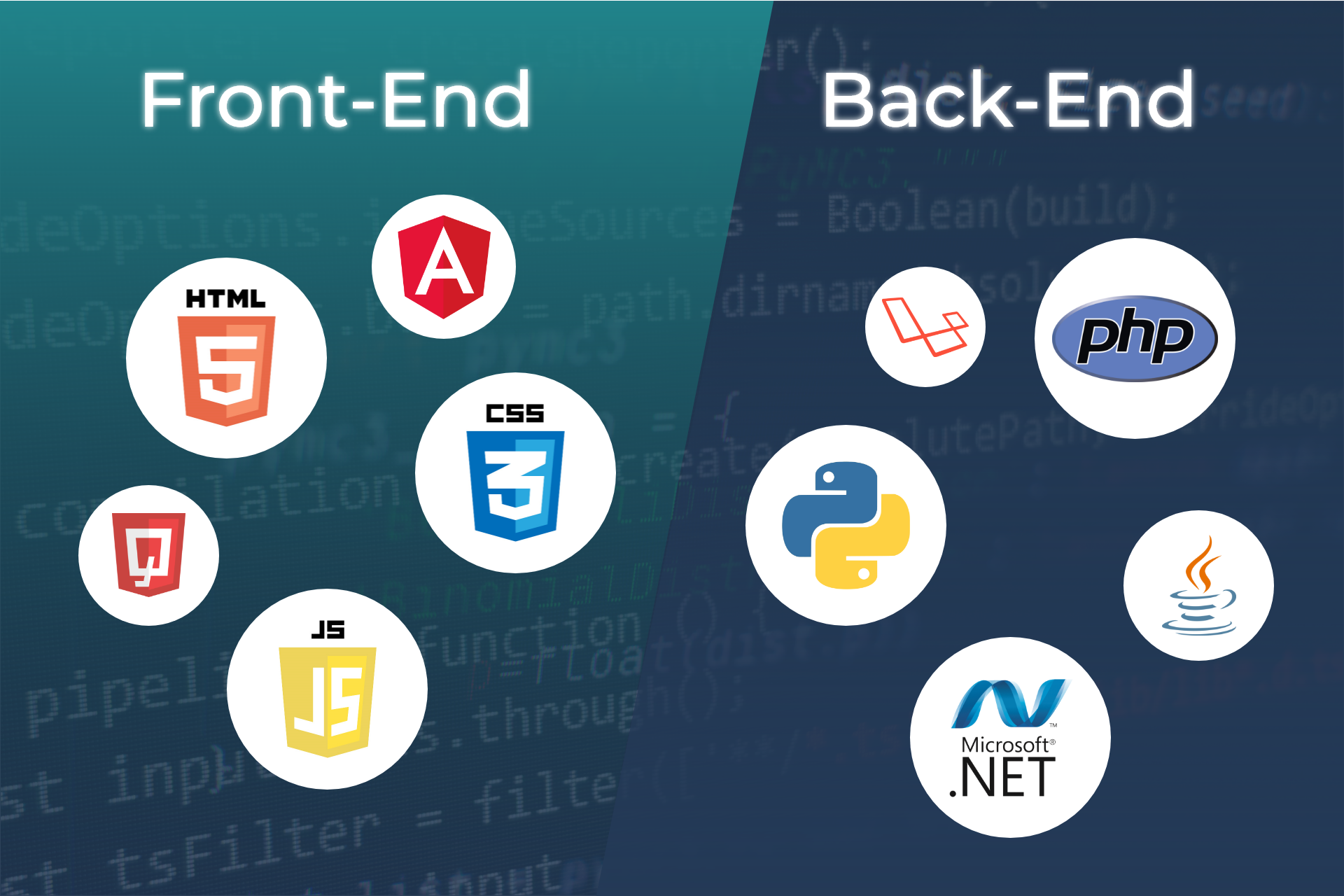
Automation in Relocation and Logistics
By Admin
The logistics and relocation industries are rapidly changing. In the past few years, companies have replaced portions of their human workforce with automated technology. While some may criticise the idea of a partially automated workforce, it is difficult to ignore the fact that these technologies are improving the businesses and the lives of these businesses’ employees.By automating processes of the logistics and relocation industries,companies can see an incredible ROI (return on investment) and their employees can reap the benefits of a more efficient work process.
The Basics of Automation in Relocation and Logistics
In 2017, Peerless Research Group (PRG) performed a survey that was intended to observe how companies were putting automation and robotics technology to use in the distribution industry. The study found that over the following two years, 52% of companies had intentions to either upgrade existing systems or implement new automated systems.
This trend towards automated systems makes a lot of sense. For instance, some businesses are relying on automated pickers to pick up and fill orders. By utilising modular shelving and an advanced picking robot, orders can be filled with incredible efficiency, vastly outpacing traditional pickers. Self-driving vehicles or automated guided vehicles (AGVs) have also altered the logistics space tremendously. These self-guided forklifts and pallet carts have done wonders to remove the hazards of human error from the equation. According to the Occupational Safety and Health Administration, every three days a forklift accident ends in the death of a worker. AGVs are explicitly designed to be not just more efficient than manned equipment, but safer as well.
How Automation Can Improve Your Business
Automation and robotic technologies, while incredibly efficient, aren’t necessarily cheap. Currently, the initial cost is what keeps companies from implementing these systems. According to industry consulting firm Bastian Solutions, an automated picker can cost upwards of $1 million to implement fully. That said, the long-term ROI on automated systems cannot be overstated. While the exact returns on implementing an automated system into your business can vary depending on a multitude of factors, the pay-off can significantly exceed the long-term overhead cost of a majority human workforce.
For instance, automation in the high-value goods industry has proven to benefit greatly from automated software. These transportation management systems allow users to manage their logistics process, track jobs, manage their fleet of vehicles, organise finances, and oversee human resources all from a single system. As result users and their clients can enjoy peace of mind when moving high-value goods like art, agricultural products, hi-tech electronics, and pharmaceuticals.
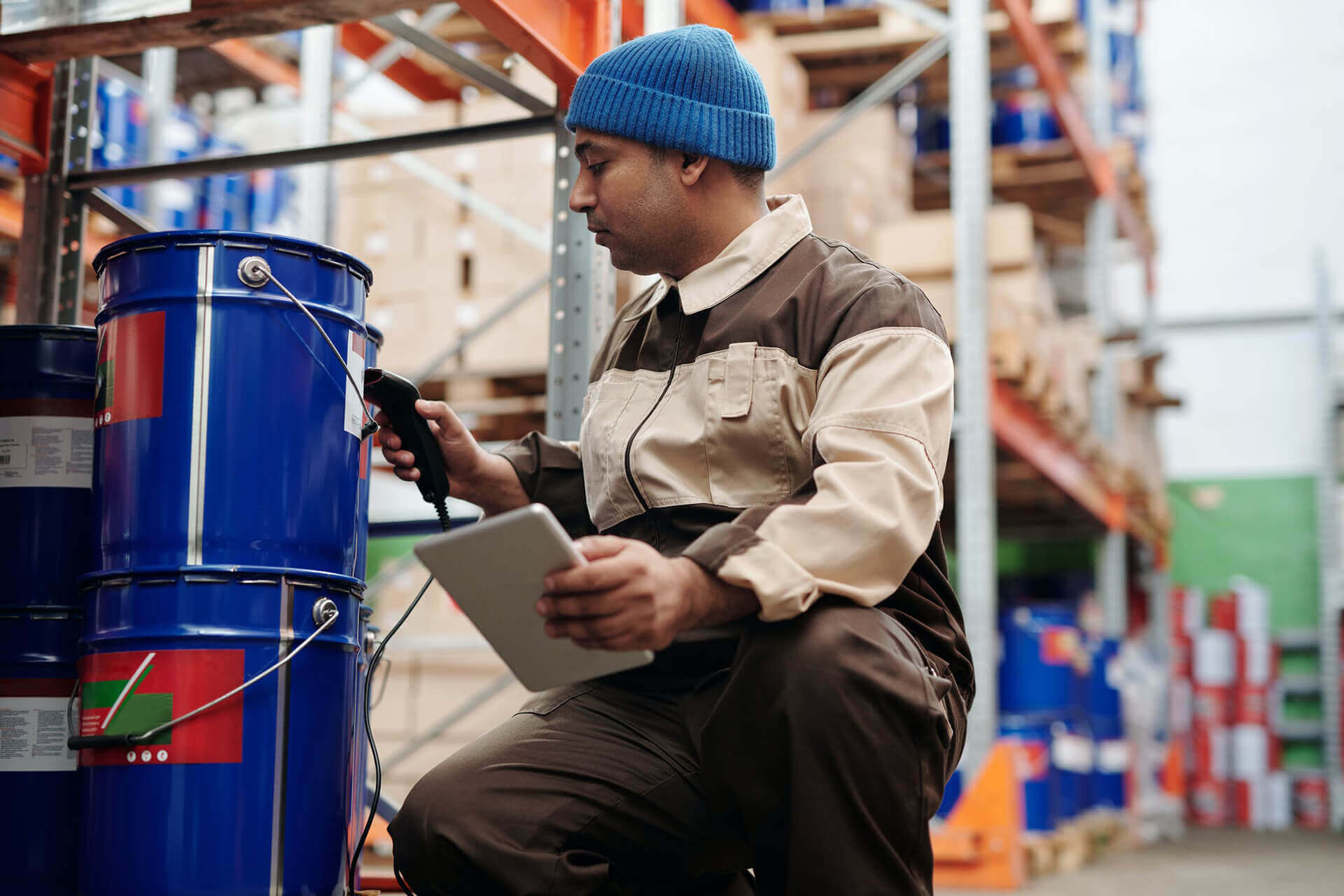
It is worth mentioning that automated logistics and relocation systems like transportation management software are less likely to make the same mistakes a human worker might. It is also difficult to ignore the speed and efficiency of a machine. Automated logistics and relocation systems do not require breaks, nor are they limited by factors like motivation or skill level. That said, automated systems in the logistics and relocation industries, can benefit the existing human workforce as well. A human worker who uses automated systems like enterprise resource planning (ERP) or automated barcode scanning technology can enjoy a more manageable workload, fewer mistakes, and a safer work environment. In the end, both company and employees can find a positive return from automated systems.
Taking the Leap Towards Automation
Implementing automated systems can be an intimidating process, regardless if you’re in the logistics and relocation industry or not. There are many factors to take into account before leaping automating your business's operations.
For starters, you should identify your unique needs. Every business is different, and by determining what sector of your process requires automation, you can maximise your possible returns. At the same time, it is worthwhile to develop a business plan that includes all the costs, risk factors, and of course, returns of automating your business. Lastly, it would help if you did adequate research in finding the automation tools that best fit your needs. Finding the right tools and systems can help you get the most out of automating your business.
The logistics and relocation industries are changing rapidly, and keeping up with the competition, you should transform with it. Automated systems can vastly improve your day-to-day processes and when done right, can result in returns for both the company and employee.
Insights
Insights into
our World
A view of the ever-evolving digital world through our screens




